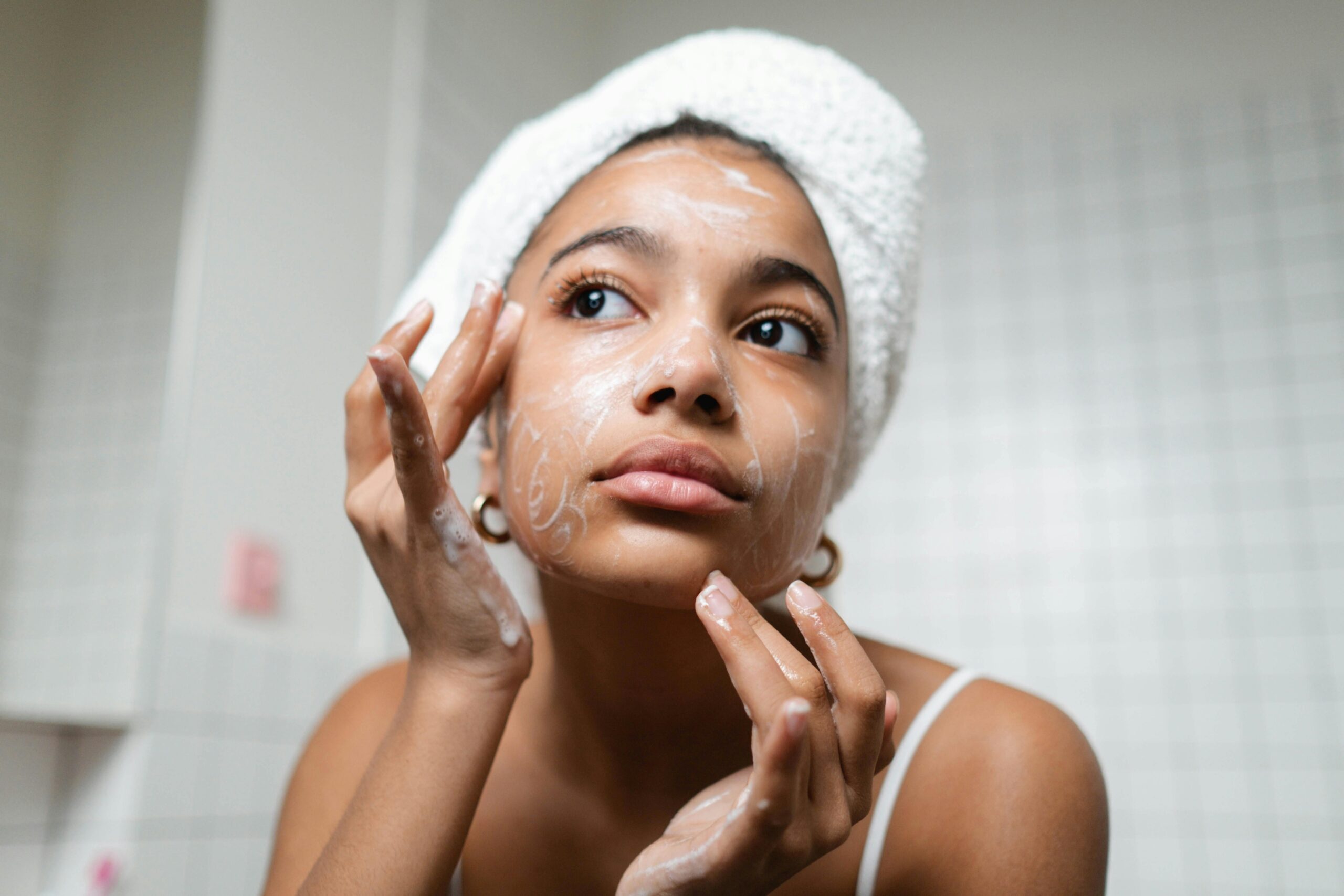Creating a skincare routine tailored for acne-prone skin is essential for achieving a clear complexion. With numerous products and treatments available, navigating the skincare landscape can be overwhelming. Understanding your skin type and the ingredients that work best for it is crucial. This guide will help you develop a customized routine that addresses your unique needs.
Understanding Acne-Prone Skin
Acne-prone skin typically produces excess oil, is prone to clogged pores, and may experience inflammation. Various factors, including genetics, hormonal fluctuations, diet, and stress, can contribute to acne. Recognizing these triggers is vital for developing an effective skincare routine.
Steps to Create Your Skincare Routine
1. Identify Your Skin Type
Before selecting products, identify your skin type. Acne-prone skin can be oily, dry, or combination. Understanding your skin type will help you choose products that address specific concerns without causing further irritation.
2. Start with a Cleanser
A gentle cleanser is the foundation of any skincare routine. Look for a cleanser that contains salicylic acid or benzoyl peroxide. These ingredients help unclog pores and reduce acne-causing bacteria. Cleanse your face twice daily—once in the morning and once before bed—to remove dirt, oil, and impurities.
3. Exfoliate Regularly
Exfoliation removes dead skin cells that can clog pores. Use a chemical exfoliant, like alpha hydroxy acids (AHAs) or beta hydroxy acids (BHAs), rather than a physical scrub. Exfoliate 2-3 times a week to promote cell turnover without irritating the skin.
4. Tone Your Skin
Toners can help balance the skin’s pH and prepare it for the next steps in your routine. Choose an alcohol-free toner with ingredients like witch hazel or tea tree oil. These ingredients can help reduce inflammation and excess oil production.
5. Apply Treatment Products
Targeted treatment products are crucial for managing acne. Look for products containing ingredients such as:
- Salicylic Acid: Helps exfoliate and unclog pores.
- Benzoyl Peroxide: Reduces acne-causing bacteria.
- Retinoids: Promote cell turnover and prevent clogged pores.
- Niacinamide: Reduces inflammation and improves skin texture.
Apply these treatments to areas prone to breakouts, following the manufacturer’s instructions.
6. Moisturize
Many people with acne-prone skin skip moisturizing, fearing it will worsen their condition. However, hydration is essential. Choose a lightweight, non-comedogenic moisturizer. Look for ingredients like hyaluronic acid or glycerin, which hydrate without clogging pores.
7. Protect with Sunscreen
Sunscreen is a must in any skincare routine. Sun exposure can aggravate acne and lead to scarring. Choose a broad-spectrum sunscreen with at least SPF 30. Look for oil-free or gel-based formulations to prevent clogged pores.
8. Night Routine
Your nighttime routine should focus on repair and hydration. After cleansing, follow the same steps, applying treatment products before moisturizer. Consider using a retinol product at night to promote cell turnover and improve skin texture.
Lifestyle Tips for Managing Acne
Maintain a Healthy Diet
A balanced diet rich in fruits, vegetables, whole grains, and lean proteins can impact your skin’s health. Reduce processed foods, sugars, and dairy, as they may exacerbate acne.
Stay Hydrated
Drinking plenty of water helps keep your skin hydrated and flushes out toxins. Aim for at least eight glasses of water daily.
Manage Stress
Stress can trigger hormonal changes that worsen acne. Practice stress management techniques such as yoga, meditation, or deep breathing exercises.
Regular Exercise
Physical activity boosts circulation and helps reduce stress. Aim for at least 30 minutes of moderate exercise most days of the week.
Get Enough Sleep
Adequate sleep is essential for skin health. Aim for 7-9 hours of quality sleep each night to allow your skin to repair and rejuvenate.
Monitoring and Adjusting Your Routine
After implementing your skincare routine, monitor your skin’s response. It may take several weeks to see improvement. If you experience irritation or breakouts, consider adjusting your products or consulting a dermatologist for personalized recommendations.
Conclusion
Creating a customized skincare routine for acne-prone skin involves understanding your skin type and selecting the right products. By following a consistent regimen and incorporating healthy lifestyle choices, you can effectively manage acne and achieve clearer skin. Remember, patience is key, as results may take time.
Frequently Asked Questions (FAQs)
1. How long will it take to see results from my skincare routine?
Results can vary, but most people see improvements within 4-8 weeks. Consistency is crucial for effective treatment.
2. Can I use multiple acne treatments at once?
While it’s possible to use multiple treatments, it’s essential to introduce them gradually to avoid irritation. Start with one product and monitor your skin’s response.
3. Should I change my routine with the seasons?
Yes, your skincare needs may change with the seasons. For instance, you may need a heavier moisturizer in winter and a lighter one in summer.
4. Are natural products effective for acne-prone skin?
Some natural ingredients, like tea tree oil or witch hazel, can be beneficial. However, not all natural products are suitable for acne-prone skin, so it’s essential to test new products carefully.
5. Can hormonal changes affect acne?
Yes, hormonal fluctuations, especially during menstruation or puberty, can trigger acne. If you notice significant changes in your skin, consider consulting a healthcare provider.
6. Is it safe to pop pimples?
Popping pimples can lead to scarring and infection. It’s best to let them heal naturally or seek professional treatment if necessary.
7. When should I see a dermatologist?
If over-the-counter treatments aren’t effective after several weeks, or if you have severe acne, consider seeing a dermatologist for personalized treatment options.



